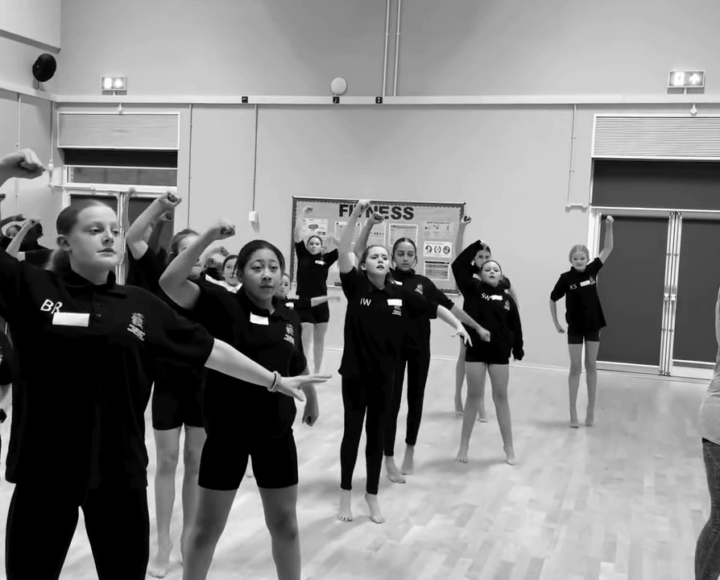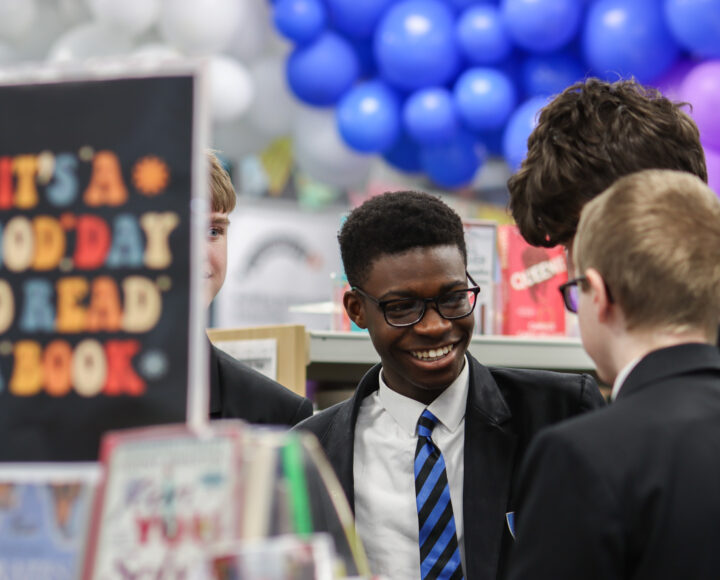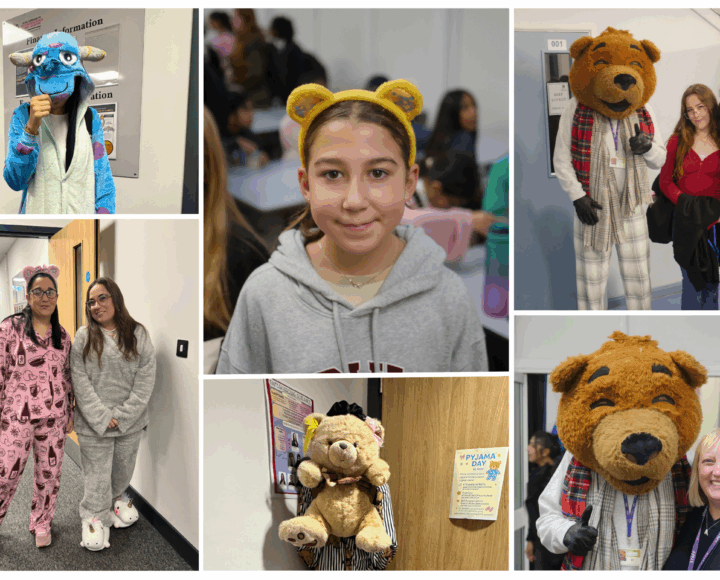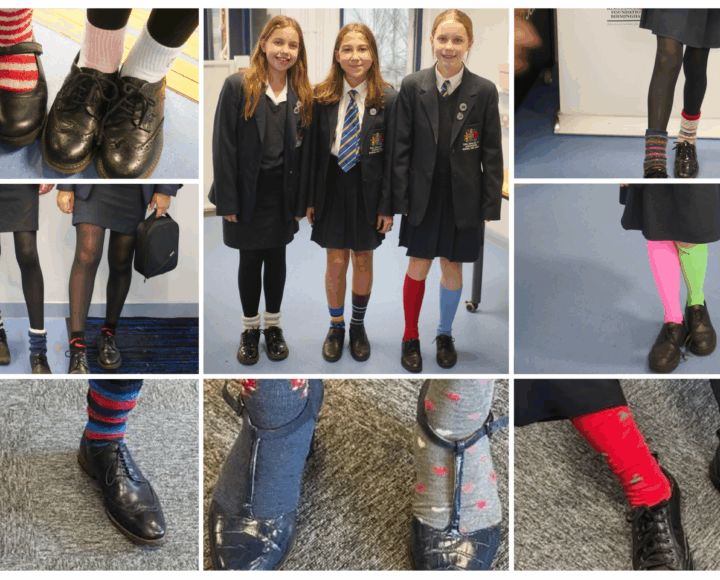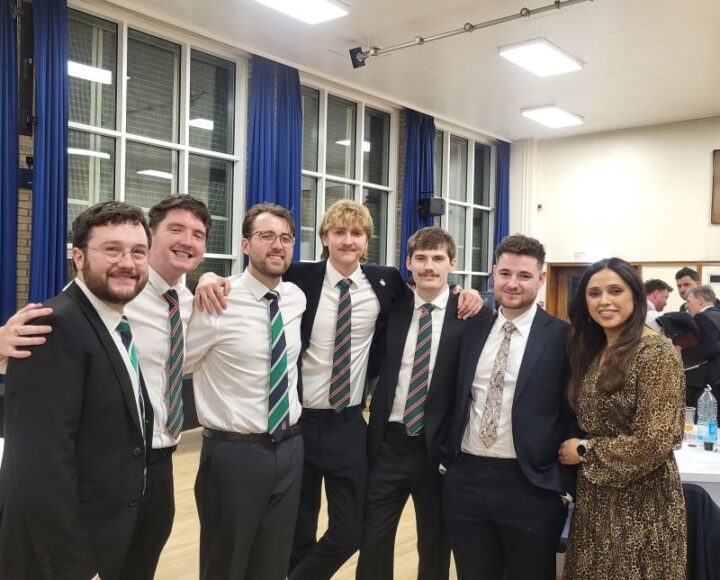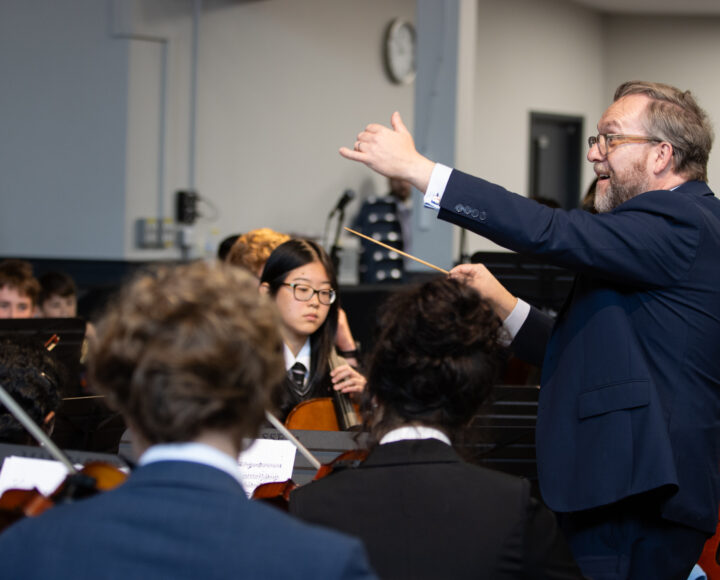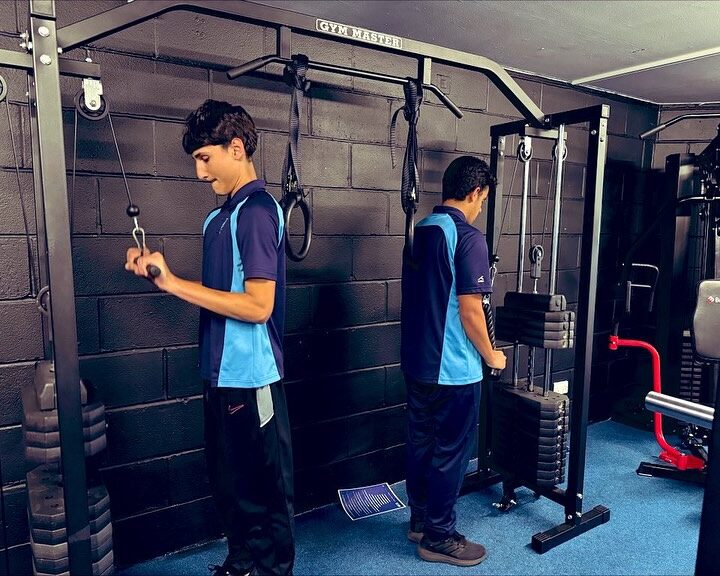Passive House and plot twists
A few sessions throughout the first day centred around transforming existing buildings into archives, where you generally need office space, a reading room for researchers, and crucially a strongroom where the temperature and humidity can be maintained at certain levels so that records aren’t harmed by mould or pests. Traditionally archives use air handling units to control the temperature and humidity, which can use a lot of energy. Talks by an architect and engineering firm focussed on what factors can be considered early on in a build to lower the carbon footprint of the project, as well as the “Passive House” standard used to reduce the need for heating and cooling in buildings.
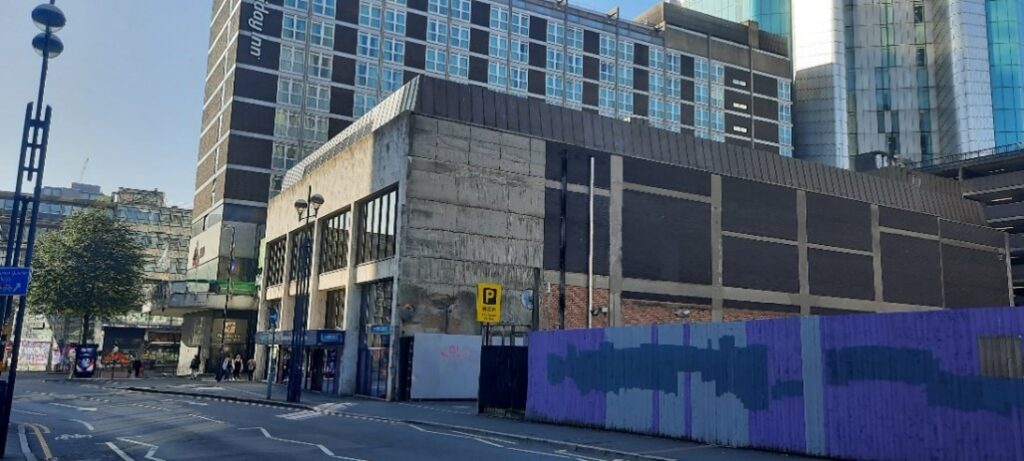
The final talk of the day was by the Head of Archives at Historic Environment Scotland, who outlined their preparations for a move to a specially repurposed building, including securing funding, finding a suitable site and working with the architects. With their current lease expiring in 2026, new staff were recruited to help the existing archive team with the painstaking work of listing, location-coding and repackaging every single one of their approximately 6 million items ready for the move. Towards the end of the talk it was revealed that recently HES had halted the start of the build and decided not to proceed with it – which received an audible gasp from the audience. Their reason was escalating costs and timelines, and so with two years remaining on their lease they need to find a new home as well as physically move the collections out. It was clear what a blow this was for the archive team, although the session ended on the positive note that the HES collection has never been in better condition and will be ready to go as soon as a new home is found.
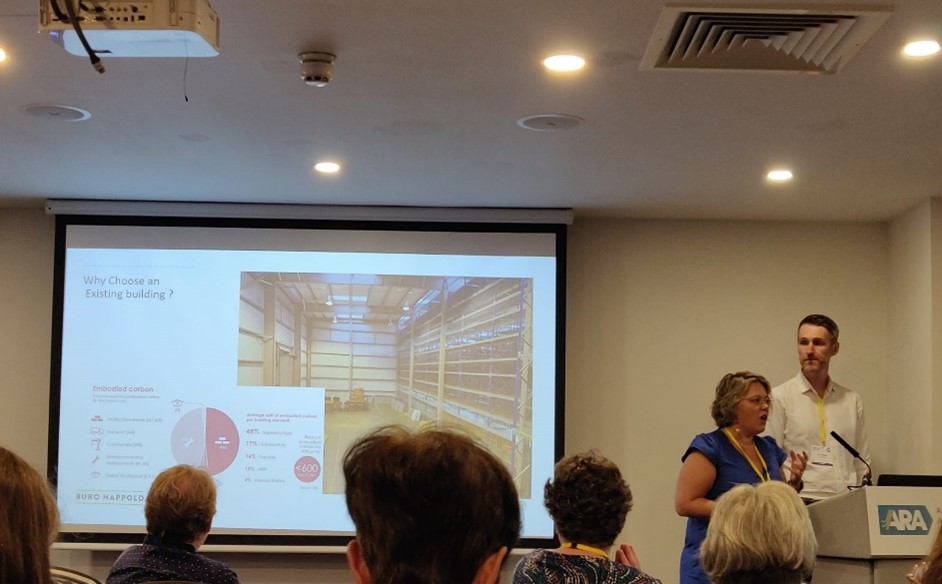
I scream, you scream, we all scream for…
The second day saw the return of the customary ice cream truck courtesy of Bruynzeel, who design and install storage systems for archives and various other organisations. The honeycomb swirl ice cream was a nice treat amidst an inspiring keynote from Zak Mensah (Co-CEO of Birmingham Museums Trust) on “How Things Turned Out OK”, and sessions on Gloucestershire Archives’ Green Pledge Project, Carbon Literacy training, crafting brand stories in archival communications, and preserving audio-visual heritage in the context of climate change at the National Archives of Zimbabwe.
Third and final day
One of the final panel sessions comprised of talks about virtual reading rooms and digital volunteering, two initiatives that the University of Huddersfield and Glamorgan Archives have respectively tried in recent years. Whilst their initial reasons for introducing these methods included Covid-19 restrictions, widening their digital strategy and diversifying their volunteer base, they also have the potential side effect of reducing carbon emissions caused by people travelling to the archive by car, train, and sometimes plane!
Virtual reading room appointments at the University of Huddersfield consist of a member of archive staff having a Teams call with a researcher who can pre-book up to five records to view via a DSLR camera on a tripod, with the member of staff turning pages and zooming in etc when requested. The number of these digital appointments has continued to grow since 2020, however there are limitations, such as staff capacity and some records not being suitable, e.g. shiny photographs or oversize items, and they’ve also experienced non-attendance and technical issues during appointments. As to whether it’s a greener alternative, they estimated that running the necessary tech for a one-hour appointment emitted a maximum of 1kg of CO2, which is roughly the same as driving a small petrol car at 30mph for six minutes, so in many cases it is better for the environment. They’ve found them a useful addition to their service, but they will by no means replace in-person visits.
It was a similar tale with the digital volunteering talk, with benefits including recruiting more diverse volunteers, increasing capacity, and volunteers building their digital skills. Downsides included technical issues and less meaningful engagement between staff and volunteers. This may be something we look at doing in the future, particularly with alumni who could attach names to people in school photographs.
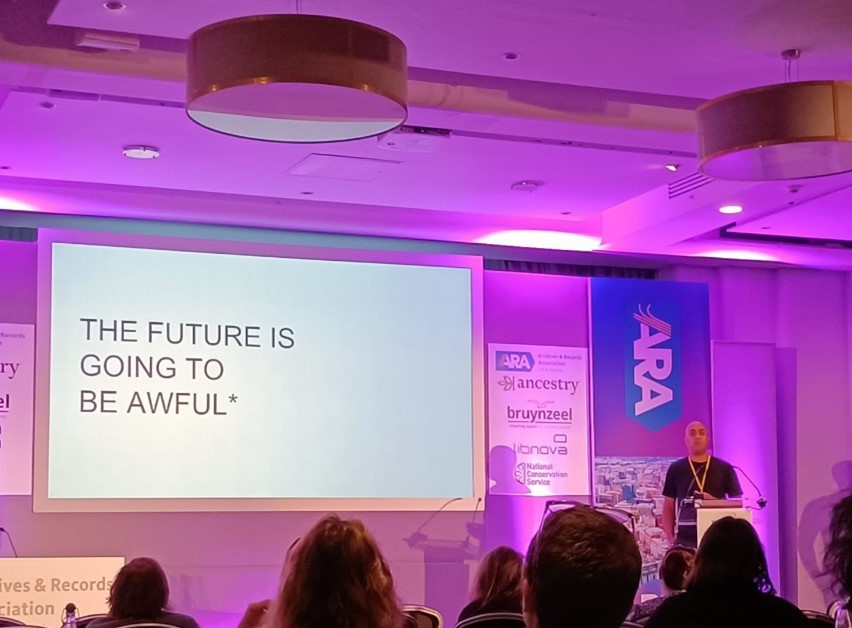
Overall, the conference was an enjoyable experience. It’s always useful to see what other archives are up to, and with both me and Charlotte in attendance we were able to go to a wide variety of sessions.
